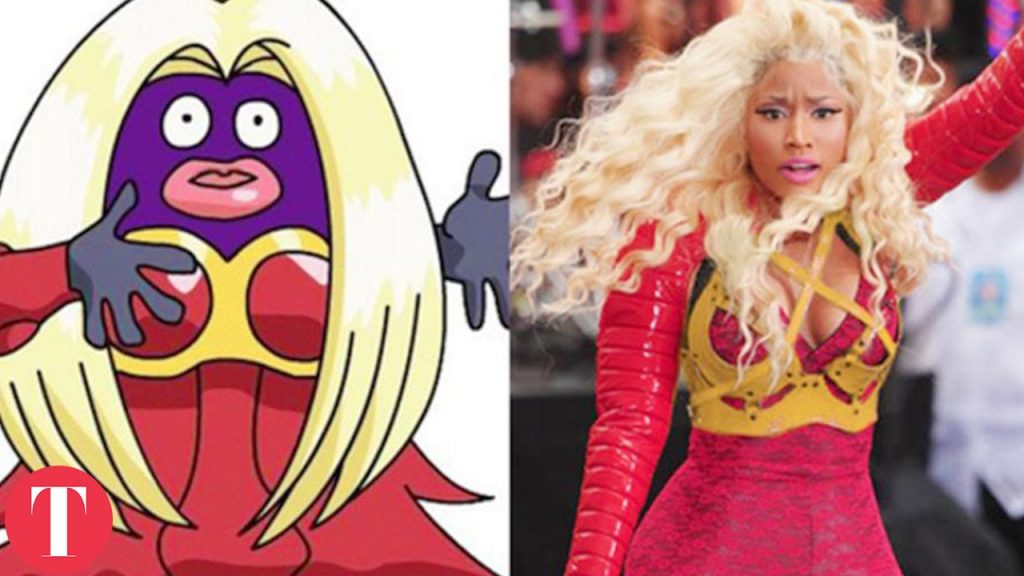The Rise And Fall Of Subway

With thousands of store closures in the last three years and petitions against Subway from its franchise owners,
The fast-food chain with the most locations globally seems to be on the rocks. We unpack what’s going on and where Subway’s headed from here.
What impact did the scandal involving former spokesperson Jared Fogle have on Subway’s reputation and sales?
Subway, one of the world’s most popular fast-food chains, has had a rollercoaster ride over the past few decades. From being the biggest restaurant chain in the world by store count to facing declining sales and closing hundreds of stores, Subway’s story is a cautionary tale about the perils of success and failing to adapt to a changing market.
Founded in 1965 as Pete’s Super Submarine, Subway started franchising in 1974 and rapidly expanded its footprint to become the fastest-growing restaurant chain in the world. By 2010, Subway had surpassed McDonald’s to become the largest restaurant chain in the world by the number of locations, with more than 44,000 stores in over 100 countries.
Subway’s success can be attributed to its simple yet effective business model: offering customers affordable and customizable sandwiches made with fresh ingredients. The brand also capitalized on the growing demand for healthier food options, positioning itself as a healthier alternative to traditional fast food.
However, over the years, Subway failed to keep up with changing consumer tastes and preferences. While Subway’s “Five Dollar Footlong” campaign was a massive hit in the late 2000s, customers grew tired of the limited options and began seeking out more diverse menu offerings. Subway’s reluctance to introduce new items and limited customization options also contributed to its decline.
In addition, Subway faced a public relations nightmare in 2015 when it was revealed that the company’s former spokesperson, Jared Fogle, had been convicted of child pornography charges. The scandal tarnished the brand’s reputation and led to a decline in sales.
Subway’s sales declined for seven consecutive years, leading to the closure of hundreds of stores across the United States. The company also faced increasing competition from newer and trendier competitors like Chipotle and Sweetgreen, which offered healthier and more diverse menu options.
To combat its declining sales, Subway launched several initiatives, including introducing new menu items, revamping its marketing campaigns, and remodeling stores. The chain also announced plans to close around 500 underperforming stores in 2018.
Despite these efforts, Subway has yet to regain its former glory. In 2020, the chain had around 23,000 stores worldwide, a far cry from its peak in 2015. The COVID-19 pandemic dealt another blow to the already struggling chain, as customers opted for delivery and takeout options over visiting Subway’s physical stores.
In conclusion, Subway’s rise and fall serve as a cautionary tale for businesses that fail to adapt to changing market conditions and customer tastes. While the chain enjoyed immense success in its early years, its reluctance to introduce new offerings and limited customization options led to its decline. While Subway has made efforts to revamp its business, it remains to be seen if it can regain its position as a leader in the fast-food industry.









Weird Things That Came Out About Celebs After They Died
The Shady Truth About Kat Von D
10 Most Flashy Rich Kids Of Instagram
Tana Mongeau Walks Down The Aisle To Marry Jake Paul VIDEO
Weird Things You Ignore About Tori And Zach Roloff’s Relationship